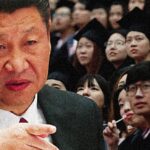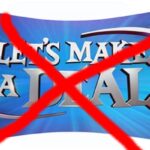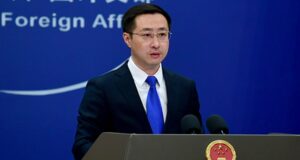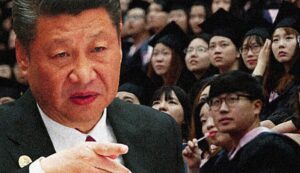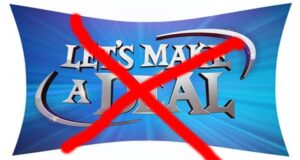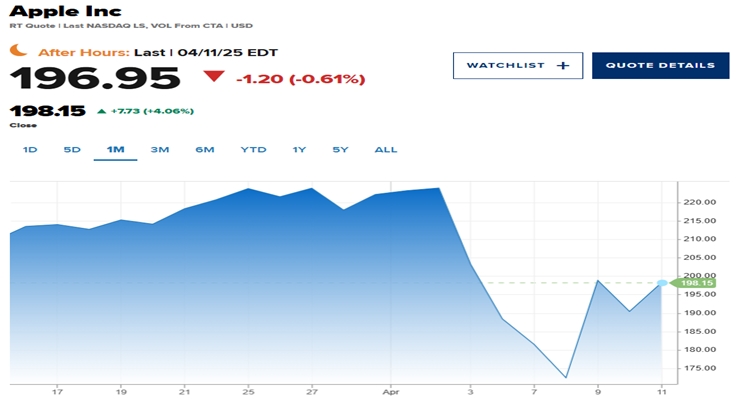
The president of the United States has decided to partially exempt—for now—various electronics made in China from the steep tariffs that apply to other products made there. This will give companies time to “onshore their manufacturing in the United States as soon as possible,” says Kush Desai, the White House deputy press secretary (CNBC, April 12, 2025).
Smartphones, computers, semiconductors, TV displays, and flash drives and solid-state drives are the kind of thing that will avoid the new 145% tariffs that will now burden other goods made in China.
The guidance, issued late Friday evening, comes after Trump earlier this month imposed 145% tariffs on products from China, a move that threatened to take a toll on tech giants like Apple, which makes iPhones and most of its other products in China….
The White House said on Saturday the exemptions were made because Trump wants to ensure that companies have time to move production to the U.S.
White House deputy press secretary Kush Desai said in a statement that Trump “has made it clear America cannot rely on China to manufacture critical technologies such as semiconductors, chips, smartphones, and laptops.”…
The items excluded from Trump’s reciprocal tariffs under the new guidelines are retroactive for products that have left the warehouse by April 5, 2025. This provides clarity and [ability to financially plan] for the U.S. shipper, who is responsible for paying the tariff once it arrives weeks later at U.S. Customs for processing and release.
But President Trump says news reports aren’t getting it quite right. Per India Today:
In a social media post on Sunday, Trump insisted that the exemption announced last week was not an “exception”, adding that products like smartphones and computers would remain subject to existing 20 per cent ‘Fentanyl Tariffs’. “There was no Tariff ‘exception’ announced on Friday,” Trump wrote. “These products are subject to the existing 20 per cent Fentanyl Tariffs, and they are just moving to a different Tariff ‘bucket.’ ”
A steep increase in cost of manufacturing and shipment of a good doesn’t necessarily mean an equivalent increase in retail price. A company considers many factors when determining prices, including the impact on consumer demand, its own ability to absorb higher costs, and its anticipation of future conditions.
Apple had been hustling to get as many units of iPhones and other products shipped to the U.S. before the tariffs kicked in. It’s also got more than $50 billion in cash on hand. Apple could have and maybe would have done much more than other tariff-clobbered firms to dampen price hikes in the near term. If Apple had had to cope with 145% tariffs, a thousand-dollar iPhone 16 Pro would not necessarily have become a two-thousand-dollar-or-more iPhone.
Now we’ll never know. Or will we?
What’s next
Desai and Trump seem to expect that the affected tech firms—acting on the assumption that the reprieve they’re getting from 145% tariffs on made-in-PRC goods must eventually end—will lurch to switch manufacturing from China to the United States. But if the tariff deal that the U.S. ultimately makes with a country like India, to which Apple has already begun shifting some production, is not prohibitive, U.S. firms may still find it cheaper to make gadgets outside of the United States.
Wherever it makes its things, though, Apple has an enormous amount of work to do to shift operations away from China, where it has fine-tuned the manufacturing of very complicated and sophisticated devices over the course of decades. How long will a transfer of manufacturing operations take and how long will the respite from the tariffs on China last?

